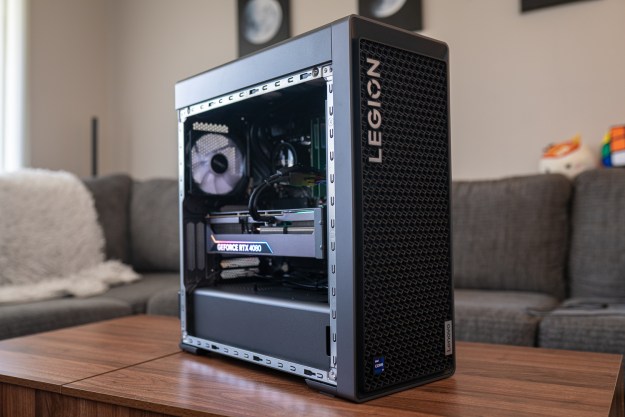
Right now you’re doing something that wasn’t possible 30 years ago. Not only because websites did not exist, but because the bones which form them were little more than a collection of ideas. HTML, JPEG, CSS, hyperlinks and web addresses had not yet been created, and even the ancient GIF was just a few years old.
What would become known as the World Wide Web started in 1989 as an idea in the head of Tim Berners-Lee, who submitted a proposal to his managers at CERN (the European Organization for Nuclear Research) for “linked information systems” designed to help the organization keep track of data. The original proposal did not exactly envision the web as we know it today, but it did lay out the basic concepts like a lack of centralized control, hypertext and remote access across networks. Despite its age, the original proposal, which you can still read, provides some insight into how the web functions.
The web provided a common infrastructure everyone could use to connect and share information.
The original proposal was not accepted, but Mr. Berners-Lee did not give up. Instead, he refined his ideas into broadly applicable core concepts like HTML (the language used by web pages), URI (a string which identifies an online resource) and HTTP (a protocol web servers use to communicate). He also created a basic web browser called WorldWideWeb, the first web server and, by 1990, the first web page was available. Robert Cailliau, a Belgian computer scientist, helped Berners-Lee create a revised proposal in November 1990.
This revision received support from CERN and by 1991, individuals outside the organization could join the World Wide Web, which inherited its name from Berners-Lee’s early browser. A pivotal moment came in 1993, when CERN announced that the Web would be made available for use by anyone royalty-free. Without this crucial decision, the web as we know it today might not have been possible.
Releasing the web into the world took development out of the hands of its creator, but Berners-Lee remained involved by founding the World Wide Web Consortium in 1994. This organization is an important force in the implementation of new web standards and Berners-Lee is still its Director, a position he’s now held for almost twenty years.

The change unleashed by the World Wide Web was dramatic. While the internet had technically existed for some time, the web provided a common infrastructure everyone could use to connect and share information, making the internet accessible to anyone with a computer and a modem. The number of websites in existence has grown from just 130 in 1993 to over 1.5 billion today, and Google, founded in 1998, has seen its search volume grown from just under 10,000 per day in 1998 to over 3.5 billion per day this year.
But while the web has become so common that many users take it for granted, its future is not certain. One of the core concepts in Berners-Lee’s original proposal was the idea that all systems, regardless of hardware or software, need access to the same data. Without this, the web might become a series of secluded fiefdoms rather than a single, global entity.
Today, this concept is termed “net neutrality” and is often the battleground between companies that provide internet bandwidth and web activists. Service providers want more control over the data that crosses their networks, but allowing this opens the door to tiered internet packages that lock away certain portions of the web, effectively breaking one of its core ideals. Net neutrality rules were repealed in the United States in 2017 and lawmakers continue to fight to bring it back to ensure a free and open web for all.
If net neutrality wasn’t enough, an online letter celebrating the 30-year milestone, Berners-Lee highlights three things that we must do to build a better web. He believes that we must address state-sponsored hacking, online harassment, and hate speech.
“While the web has created opportunity, given marginalized groups a voice, and made our daily lives easier, it has also created an opportunity for scammers, given a voice to those who spread hatred, and made all kinds of crime easier to commit,” Berners-Lee said.
Updated on March 12, 2019: Added additional statistics and quotes to support the web’s 30th anniversary.


